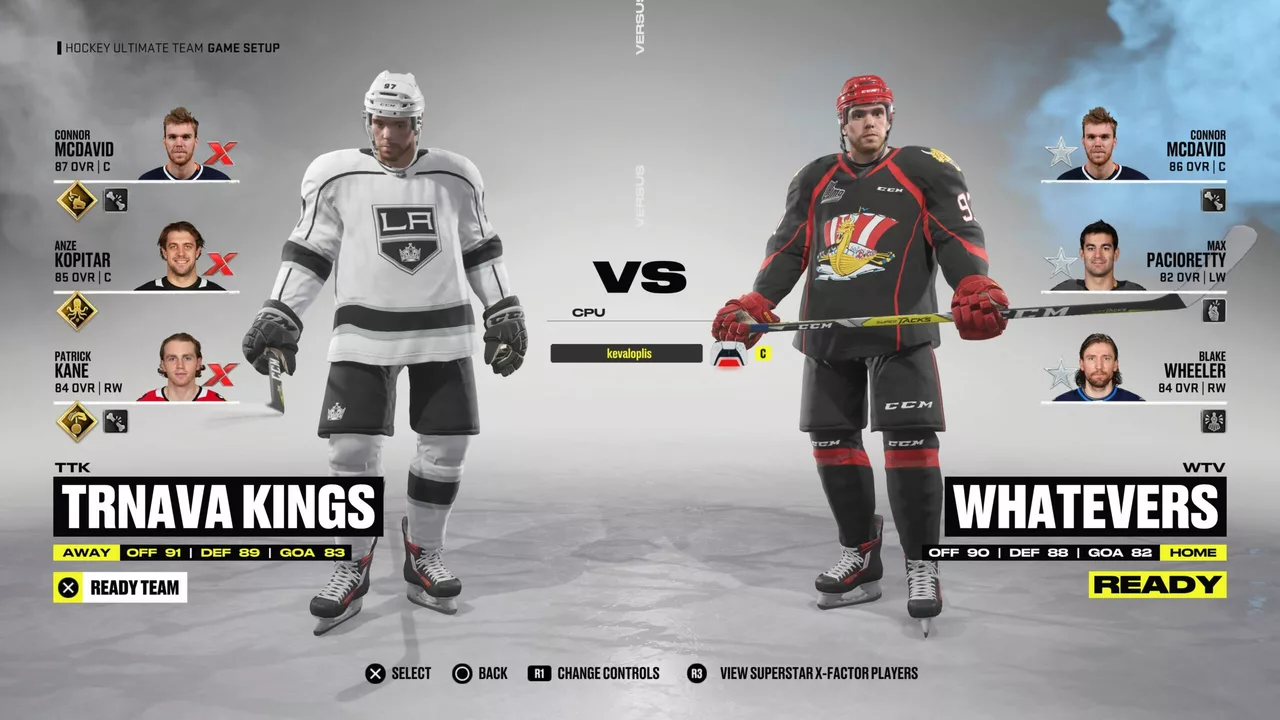What’s Changing in Hockey Right Now?
If you love hockey, you know the game never stays still. One week you’re talking about a locker‑room fight, the next you’re checking a new schedule after a sudden injury. This page pulls together the biggest shifts that affect every fan, player, and even the officials on the ice.
Player and Team Changes
Injuries are the most obvious source of change. Take the recent blow to Manchester United’s defender Noussair Mazraoui – a serious injury that forced manager Ruben Amorim to shuffle his back line for the Brentford clash. While that’s football, the pattern is the same in hockey: a key player goes down, and coaches scramble to fill the gap. When a star forward is sidelined, a younger player gets the chance to prove themselves, and the whole team’s dynamic can shift overnight.
Player expulsions are another hot topic. A player can be thrown out of a game for violent conduct, repeated penalties, or dangerous stick work. Those ejections not only change the on‑ice lineup but also affect power‑play strategies for the rest of the match. Fans often wonder why fights are tolerated; the reality is that referees will let a bout run until it’s clear who’s in control, then step in to prevent escalation.
Team composition changes aren’t limited to injuries. Trades, promotions from junior leagues, and even coaching switches can reshape a roster. For example, when a team brings in a fresh face to replace an injured defenseman, the chemistry on the ice may improve or suffer, depending on how quickly everyone adjusts.
Rule and Game Adjustments
Rules evolve to keep the game safe and exciting. One subtle but important change is the freezing of pucks before a match. A colder puck slides smoother, bounces less, and stays intact longer, giving players more consistent control. It’s a small detail that most fans don’t notice but directly influences the speed of play.
Another shift is in the officiating crew. Ice hockey typically uses three to four officials, while field hockey relies on two. More referees mean tighter policing of illegal hits and penalties, which can lead to fewer player ejections and a cleaner game overall. Understanding how many officials are on the ice helps you read the flow of the match better.
Scoring systems can also change. The NHL points system awards two points for any win, one point for an overtime or shootout loss, and none for a regulation loss. This structure rewards teams that push games into extra time, affecting how aggressively they play in the final minutes of a close match.
Lastly, schedule changes – whether due to travel, arena availability, or unexpected events – can catch fans off guard. Knowing where to buy tickets for friends or how to stay updated on schedule shifts ensures you never miss the action.
Staying on top of these changes helps you enjoy the game more and talk shop with fellow fans. Keep an eye on injury reports, referee announcements, and rule updates, and you’ll always be ready for the next shift on the ice.
When did the NHL change home jerseys to dark?
In the 2003-2004 season, the NHL made a significant change to their uniform policy. They switched home jerseys from the traditional white to dark colors. This was done to give home teams the opportunity to showcase their darker, more colorful jerseys to their home crowd. The move was also seen as a strategic marketing approach to boost jersey sales. It was a major shift in tradition that left a lasting impact on the game's aesthetics.
View More